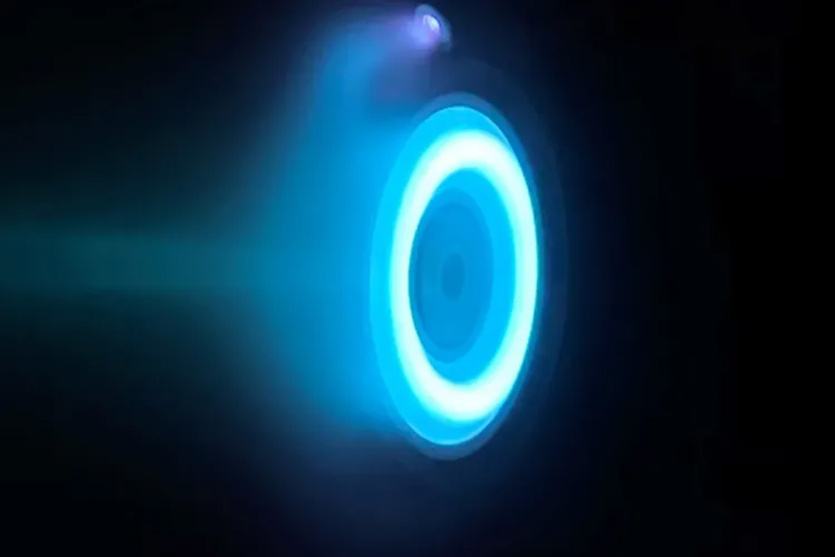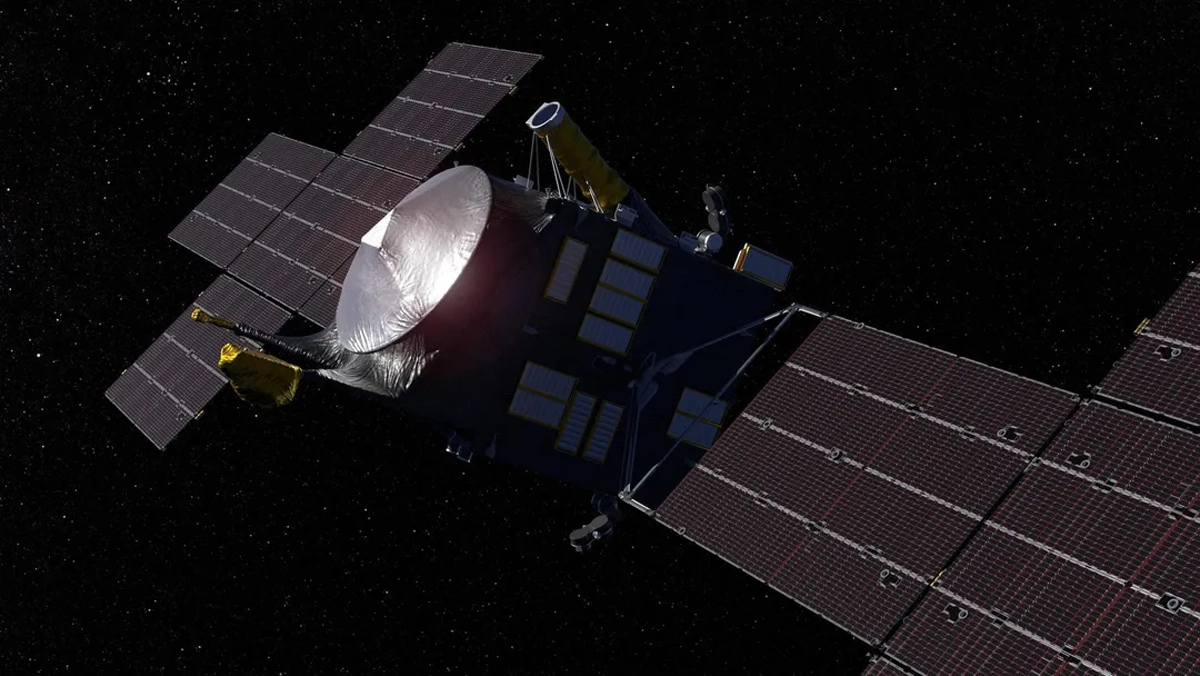
NASA has turned on the electric Hall thrusters on Psyche, the spacecraft now moving smoothly toward the metal-rich celestial body of the same name in the asteroid belt beyond Mars. The agency reports that Psyche is now in «full cruise» mode, six months after its launch on October 13, 2023 on a SpaceX rocket.
Earlier, NASA used Psyche for the first time in the agency’s history to test laser communications in deep space. The ship fired a communication beam to Earth from a distance of about 16 million km. By 2029, it is expected to reach its target and namesake, the asteroid Psyche, and will orbit it for two years, observing and sending data. Scientists suspect that Psyche is actually the embryonic nucleus of a planet, or planetesimal.
The ion engine is relatively new and at the same time quite old for NASA. The agency has been working on this technology since before American astronauts first flew to the moon. The first ion engine was tested in 1964.
The engine has no moving parts — it creates thrust by exciting xenon particles, which are repelled and exit the engine. There are many different types of ion engines, including the magnetic Hall engines used by Psyche. The lack of moving parts makes them robust, they consume little fuel, so they are lighter and can be used on smaller spacecraft. In addition, they look futuristic when they work.
NASA first used an ion engine as a primary propulsion system in 1998 on Deep Space 1, a mission to test «various advanced technologies for future interplanetary missions. In 2007, Dawn became «the first exclusively scientific» NASA mission to use ion engines to fly until it ran out of hydrazine — orientation engine fuel.
Ion engines are not powerful enough to launch a rocket from Earth, but they can reach very high speeds over time in space. NASA reports that Psyche is currently traveling at 37 km per second, or 133,200 km per hour, and will eventually reach nearly 200,000 km/h.
Source: The Verge


Spelling error report
The following text will be sent to our editors: